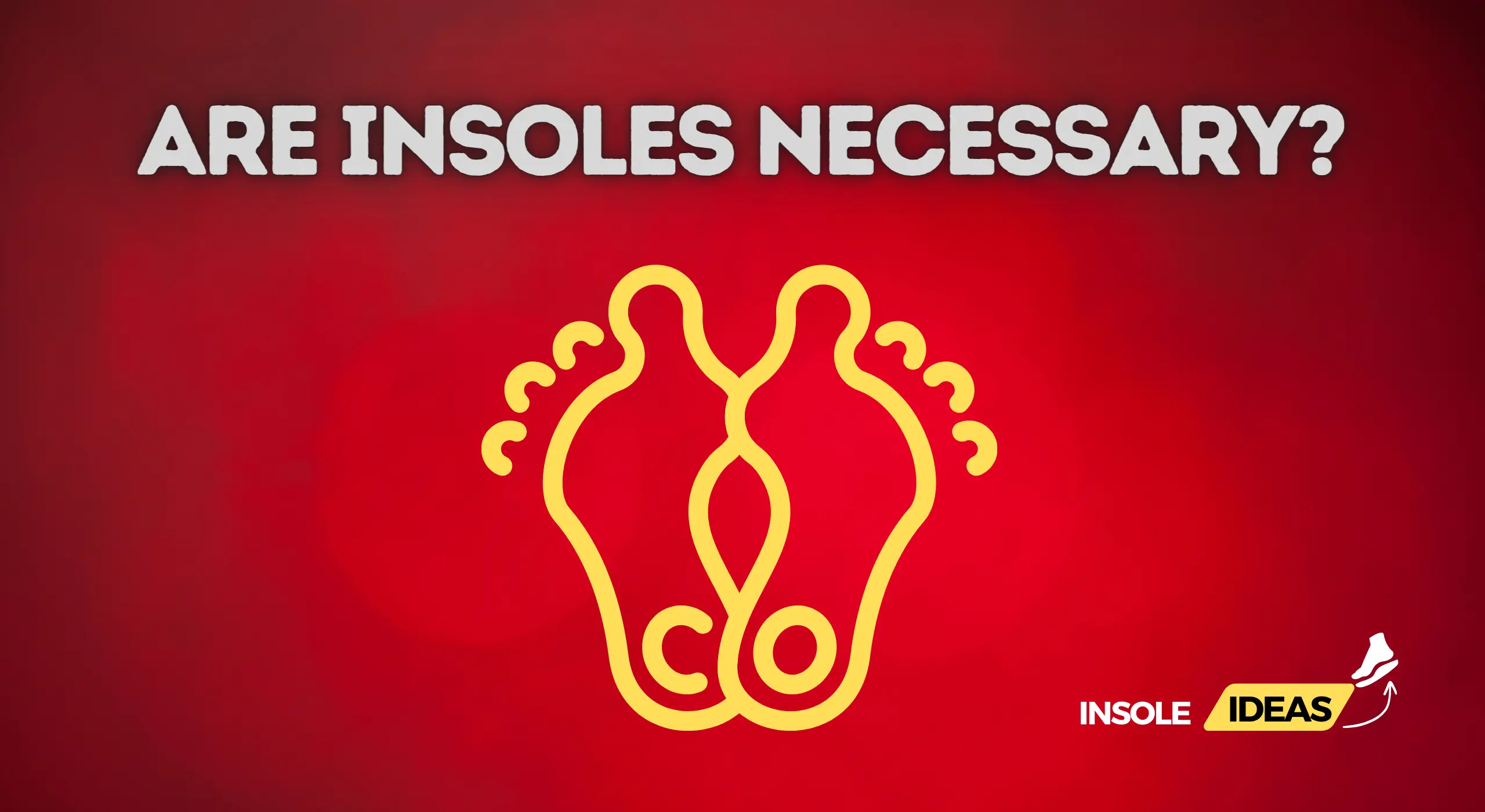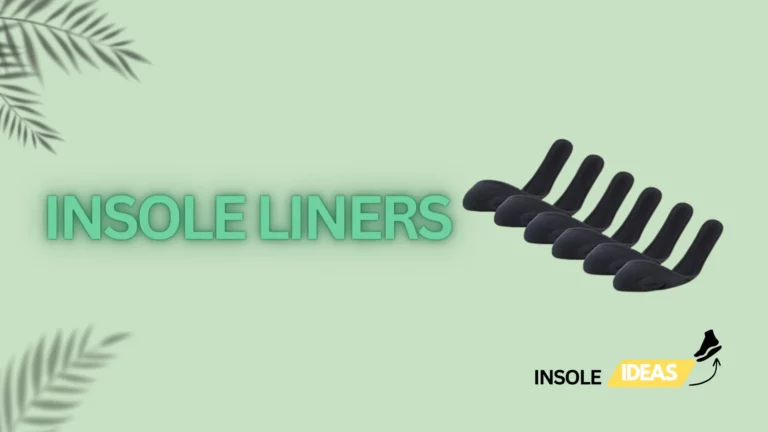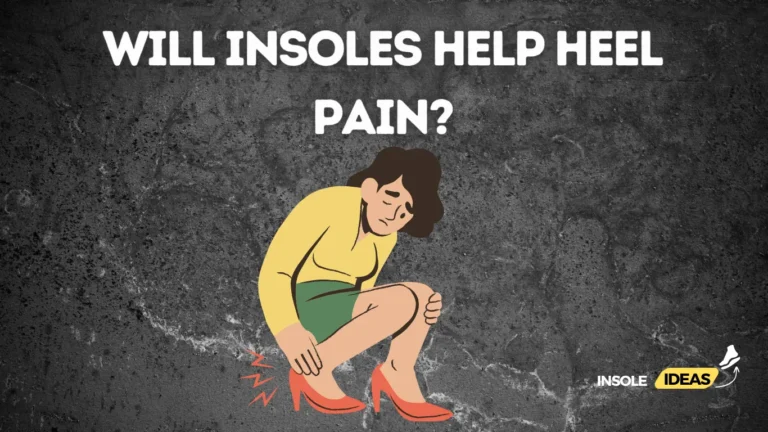Are Insoles Necessary?
Insoles are inserts placed inside shoes to provide additional support, comfort, and stability to the feet. They are commonly made of various materials such as foam, gel, or specialized orthotic materials. These inserts can be removable or built into the shoe’s design, depending on the footwear type. The primary purpose of insoles is to enhance the wearer’s comfort and address specific foot-related issues.
Benefits of Insoles
Insoles offer a range of benefits to individuals seeking enhanced foot support and comfort:
Support and Stability
Insoles provide added support to the arches of the feet, which can be particularly beneficial for individuals with flat feet or fallen arches. They help distribute body weight evenly across the foot and reduce stress on specific pressure points.
Cushioning and Shock Absorption
One of the key functions of insoles is to absorb impact and cushion the feet while walking, running, or standing for extended periods. This cushioning effect helps reduce fatigue and discomfort, especially on hard surfaces.
Alignment and Posture Correction
Certain types of insoles, such as orthotic insoles, are designed to improve foot alignment and correct issues like overpronation or supination. By promoting proper alignment, insoles can alleviate strain on the ankles, knees, hips, and lower back.
Pain Relief and Injury Prevention
Insoles can help alleviate various foot-related ailments, including plantar fasciitis, heel pain, metatarsalgia, and shin splints. By providing targeted support and cushioning, they can reduce pain and prevent further injury during physical activities.
Instances When Insoles Might Be Necessary
There are several situations in which wearing insoles may be necessary or beneficial:
Foot Conditions
Individuals with specific foot conditions such as flat feet, high arches, or plantar fasciitis may require insoles to provide additional support and alleviate discomfort.
Pronation Issues
Overpronation (excessive inward rolling of the foot) or supination (insufficient inward rolling) can be corrected or managed with the use of supportive insoles designed to promote proper foot alignment.
Foot Pain or Discomfort
People experiencing foot pain or discomfort, whether due to prolonged standing, walking, or running, can benefit from the added cushioning and support provided by insoles.
Improving Comfort and Fit
In some cases, individuals may simply find that wearing insoles improves the overall comfort and fit of their shoes, particularly if the footwear lacks adequate support or cushioning.
In summary, while insoles are not always necessary for everyone, they can offer significant benefits in terms of support, comfort, and injury prevention, especially for those with specific foot-related issues or discomfort.
Considerations for Using Insoles
When considering the use of insoles, it’s essential to take several factors into account to ensure they provide the desired benefits and are suitable for individual needs:
Foot Type and Shape
The shape of your foot, including arch height and foot width, can influence the type of insole that will offer the best support and comfort. Individuals with high arches may require more cushioning, while those with flat feet may benefit from additional arch support.
Activity Level and Type of Footwear
The activities you engage in and the types of shoes you wear most frequently should be considered when selecting insoles. High-impact activities like running may necessitate insoles with enhanced shock absorption, while work shoes may require insoles with added support for prolonged standing.
Existing Foot Conditions or Injuries
If you have existing foot conditions or injuries such as plantar fasciitis, bunions, or tendonitis, it’s crucial to choose insoles that can address these issues effectively. Some insoles are specifically designed to alleviate certain foot ailments and provide targeted support and relief.
Personal Preference and Comfort
Ultimately, personal preference and comfort play a significant role in determining the suitability of insoles. It’s essential to try different types of insoles to find the one that feels most comfortable and supportive for your feet. Factors such as material, thickness, and flexibility can influence overall comfort.
Alternatives to Insoles
While insoles can be beneficial for many individuals, they are not the only solution for foot-related issues. Here are some alternatives to consider:
Properly Fitting Shoes
Ensuring that your shoes fit well and provide adequate support is crucial for foot health. Properly fitting shoes can help alleviate discomfort and reduce the need for additional support from insoles.
Foot Exercises and Stretches
Regular stretching and strengthening exercises for the feet and lower legs can help improve flexibility, stability, and overall foot health. These exercises can be particularly beneficial for addressing muscle imbalances and preventing injuries.
Physical Therapy or Orthopedic Interventions
In some cases, professional interventions such as physical therapy or orthopedic treatments may be necessary to address underlying foot problems or injuries. These treatments can provide targeted care and rehabilitation for specific conditions.
Custom Orthotics
For individuals with complex foot issues or conditions that cannot be adequately addressed with off-the-shelf insoles, custom orthotics may be recommended. These orthotics are customized to fit the unique shape and biomechanics of the individual’s feet, providing tailored support and correction.
Conclusion
Insoles can be valuable tools for enhancing foot comfort, support, and overall well-being, but they are not always necessary for everyone. By considering individual needs, preferences, and alternatives, individuals can make informed decisions about whether insoles are the right choice for them. Ultimately, the goal is to promote foot health and comfort while addressing specific concerns and conditions as effectively as possible.




